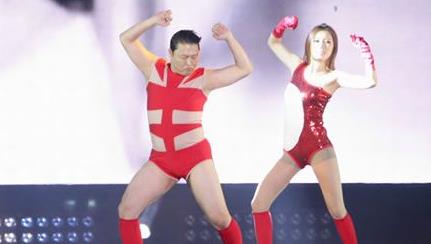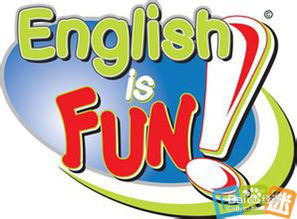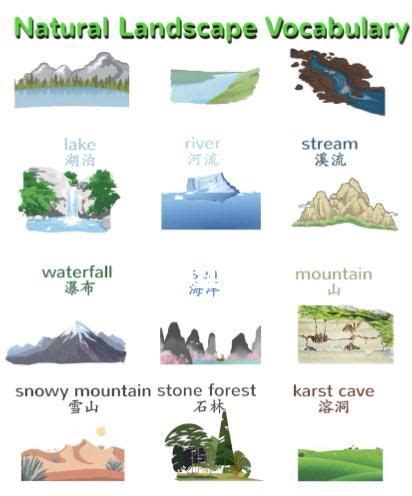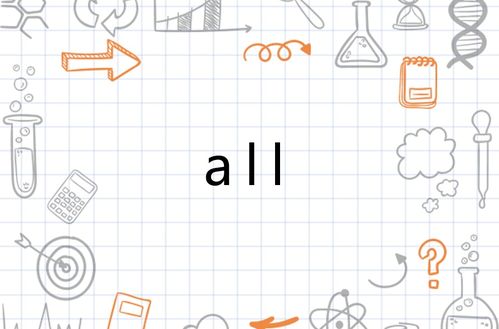探索“时尚”的英文奥秘:Style的无限魅力
Fashion, a term that resonates with elegance, trendiness, and individuality, is an integral part of our modern society. It transcends mere clothing and accessories, encapsulating a broader spectrum of cultural, social, and psychological dimensions. For those intrigued by the English equivalent of this vibrant concept, let’s delve into the world of fashion, exploring its origins, evolution, and significance in today’s interconnected globe.

The word "fashion" in English originated from the Latin term "factio," meaning "making" or "doing." Over time, it evolved to encompass a multitude of meanings, primarily referring to the prevailing styles and customs in dress, hair, makeup, and even behavior. Fashion is not static; it is a dynamic entity that constantly evolves, influenced by various factors such as societal changes, technological advancements, economic conditions, and cultural exchanges.

One of the most compelling aspects of fashion is its ability to reflect and influence society’s values and attitudes. Throughout history, fashion has served as a powerful medium for expressing identity, status, and belonging. For instance, in ancient civilizations, clothing was often a symbol of one’s social rank and religious beliefs. Royals and aristocrats adorned themselves with luxurious fabrics and intricate designs, while commoners wore simpler, more practical attire.

As societies progressed, fashion began to embrace a wider range of styles and influences. The Industrial Revolution, in particular, marked a significant turning point. With the advent of mass production, fashion became more accessible to the masses, fostering a sense of unity and individuality among people from different backgrounds. This democratization of fashion led to the emergence of new trends and subcultures, each with its unique aesthetic and identity.
Today, fashion is a global industry that spans across continents and cultures. From the bustling streets of New York and Paris to the vibrant markets of Tokyo and Seoul, fashion is a universal language that transcends borders. Designers from around the world showcase their creations on the international runway, blending traditional elements with modern designs to create unique, captivating looks.
The rise of social media has further democratized fashion, giving ordinary individuals a platform to express their personal style and influence global trends. Platforms like Instagram, TikTok, and Pinterest have become hubs for fashion enthusiasts, where they can share their outfits, discover new brands, and engage with like-minded individuals. This democratization of fashion has led to a more inclusive and diverse industry, celebrating individuality and creativity.
However, fashion is not without its controversies. The fast fashion industry, in particular, has been criticized for its environmental impact and exploitation of labor. The relentless pursuit of new trends often leads to excessive waste, with millions of tons of clothing ending up in landfills each year. Additionally, the low prices associated with fast fashion often come at the expense of workers’ rights and well-being, with many factories operating in unsafe and unfair conditions.
In response to these concerns, the fashion industry is beginning to embrace a more sustainable and ethical approach. Designers and brands are increasingly prioritizing eco-friendly materials, fair trade practices, and circular economy models. Consumers are also becoming more conscious of their fashion choices, opting for quality over quantity and seeking out brands that align with their values.
As we continue to navigate the complex world of fashion, it is essential to remember that fashion is not just about looks; it is about expressing oneself and contributing to a broader cultural dialogue. By embracing diversity, promoting sustainability, and fostering creativity, we can create a fashion industry that is not only stylish but also responsible and inclusive.
For those who are just beginning their journey into the world of fashion, understanding the terminology is crucial. Here are some key fashion terms and their English equivalents:
Apparel: Clothing or garments worn on the body.
Accessories: Items used to complement an outfit, such as jewelry, bags, shoes, and hats.
Haute Couture: High-fashion custom-made clothing, typically created by leading designers for private clients.
Ready-to-Wear (RTW): Clothing that is produced in standard sizes and sold to the public.
Trend: A popular style or manner of dress that is widely accepted and followed.
Vogue: The current or most popular fashion or style.
Catwalk: A runway used for fashion shows where designers present their collections.
Ensemble: A complete outfit, including clothing, accessories, and sometimes even makeup and hairstyle.
Understanding these terms can help you navigate the fashion landscape more confidently, whether you are shopping for a new outfit, attending a fashion event, or simply keeping up with the latest trends.
Moreover, fashion is not limited to clothing and accessories. It also extends to other areas such as beauty, interior design, and even technology. The beauty industry, for instance, is closely intertwined with fashion, as makeup, hairstyles, and skincare routines often reflect the prevailing fashion trends
- 上一篇: 马桶堵塞急救!轻松解决的小妙招来啦!
- 下一篇: 揭秘:轻松查找全国与你同名同姓的人的方法
-
 江南style风靡全球的奥秘新闻资讯11-28
江南style风靡全球的奥秘新闻资讯11-28 -
 揭秘“skirt”在英文中的真正含义!新闻资讯11-26
揭秘“skirt”在英文中的真正含义!新闻资讯11-26 -
 探索“自然”的英文奥秘:Nature的魅力所在新闻资讯11-27
探索“自然”的英文奥秘:Nature的魅力所在新闻资讯11-27 -
 探索揭秘:'discovery'这一英文单词的真正含义是什么?新闻资讯10-20
探索揭秘:'discovery'这一英文单词的真正含义是什么?新闻资讯10-20 -
 解锁多样围巾织法,打造你的时尚配饰新闻资讯12-02
解锁多样围巾织法,打造你的时尚配饰新闻资讯12-02 -
 all这个英文单词的具体含义是什么?新闻资讯10-21
all这个英文单词的具体含义是什么?新闻资讯10-21











